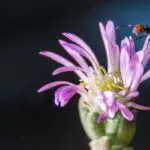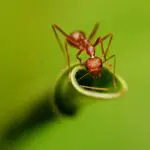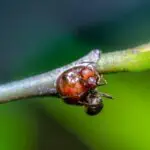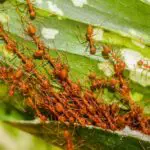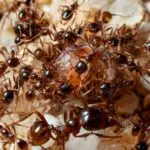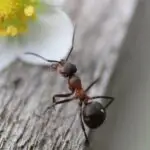How and When Do Ants Reproduce
During the life cycle of an ant, there are three castes. They are the workers, the queen, and the larvae. The larvae are unable to care for themselves and must be fed by the adult workers.
In addition to feeding, the larvae also undergo several moults. The larvae are pale when they first hatch and darken over time. The larvae need to be kept at a constant temperature and are prone to being moved around the brood chambers.
Ants are highly social animals. The workers and queens communicate to each other to determine the needs of the colony. They forage for food, defend the nest, and tend the young. They also leave a scent trail when they find food.
The queen is the only ant capable of laying eggs. She lays eggs on a daily basis. The eggs are oval in shape and white in color. When the eggs hatch, the larvae take on a new shape and begin to grow. The larvae then pupate. The pupae are similar to the cocoon of a butterfly.
When the queen dies, the colony dies. In most species, only one queen can survive, but in some species, several queens can live in one nest.
When the female ant has a brood of larvae, it starts a new colony. It stores the male ant’s sperm in a pouch. It then lays a cluster of eggs. These eggs are larger than those of the workers.

